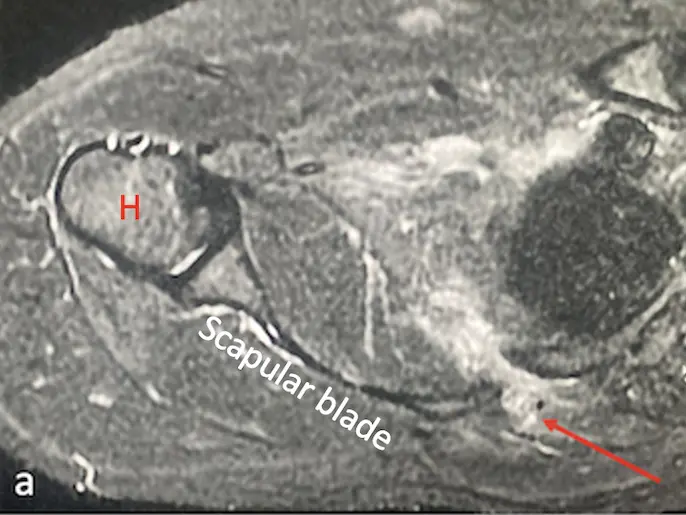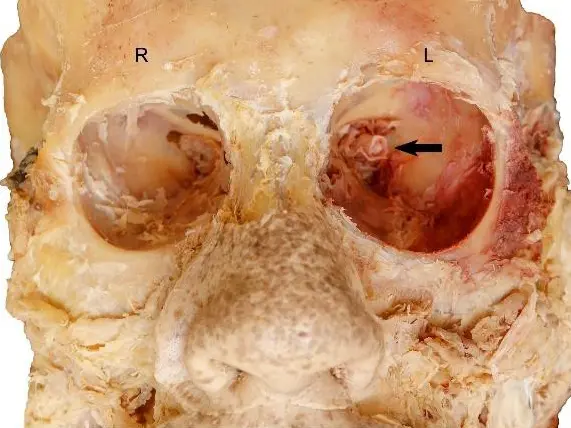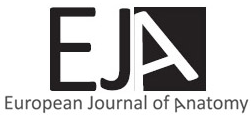Carotid-vertebrobasilar anastomoses are rare and usually discovered serendipitously; the persistent hypoglossal artery is the second most common, with an incidence of 0.29%. We present a very rare anatomical variant of a persistent hypoglossal artery. This variant was visualized on 2D and 3D angiography and on MRI.
In the case reported here, the hypoglossal branch of the neuromeningeal trunk of the ascending pharyngeal artery communicated with the posterior inferior cerebellar artery (“type 2 persistent hypoglossal artery variant” of Uchino’s classification), but with a preserved junction with the vertebral artery, which is not hypoplastic (“ascending pharyngeal artery – vertebral artery anastomosis” of Lasjaunias’ description). A review of the literature was performed on the “type 1-2 persistent hypoglossal artery variant” (11 cases) and schematic representations of the different anatomic variants are illustrated. The pharyngo-cerebellar artery and pharyngo-vertebral anastomosis are variants of the persistent hypoglossal artery, these relatively small branches may be missed, with a risk of cerebellar infarction during embolization.



